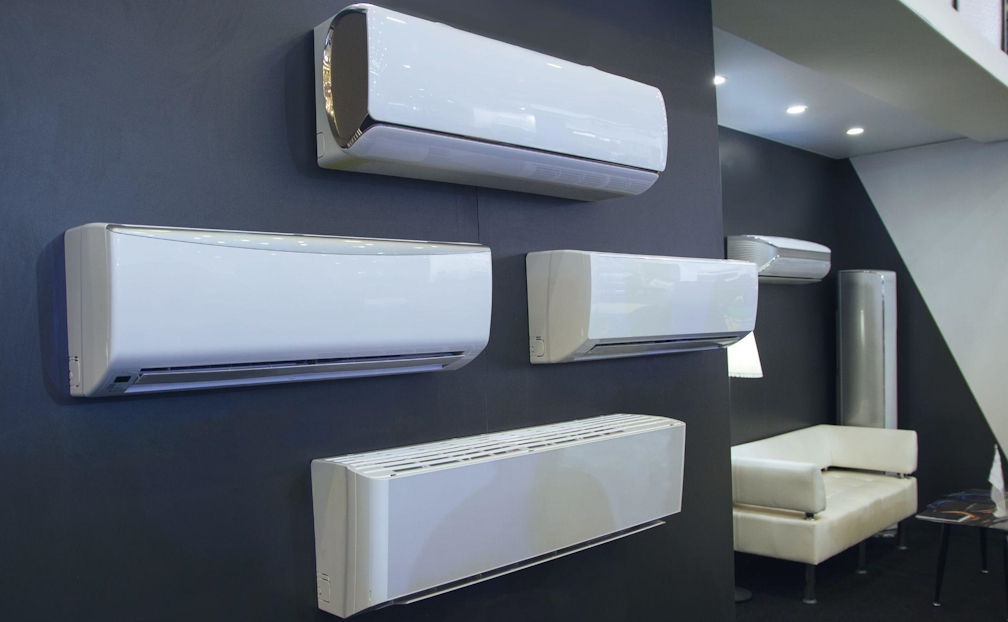Selecting the Perfect Air Conditioning System for Your Australian Home

Choosing the right air conditioning (AC) system for your Australian home is an essential task given the country's diverse and challenging climate. An appropriate system can provide comfort and relaxation in your residence, as well as contribute to the house's overall efficiency. Australia's unique climate is a significant factor to consider while making your choice, along with other important factors such as the size of your property, the efficiency of the system, the reputation of the brand, and, of course, the price. Sifting through glossy brochures and technical specifications can be overwhelming – yet, with a basic understanding of AC system types and an assessment of your home's needs, this process can be largely simplified.
Understanding the Australian Climate in Relation to HVAC Systems
Australia's vast landscape leads to a spectrum of different climates across the nation, from tropical humidity in the north to cooler, temperate conditions in the south. Desert heat characterises the heart of the country, while coastal areas often require dehumidifying options. The choice of your AC system, hence, must be informed by this diverse climate, from adjusting to extremely hot days to managing cool ocean breezes.
Systems catering to hotter regions need to be more energy-efficient to deal with the demands of long, hot summers without sending your household's energy bills rocketing. Experienced HVAC professionals recommend systems capable of handling summer peaks above 30°C, such as a ducted AC, which offers responsive, whole-house cooling and higher energy efficiency than traditional alternatives.
Assess Your Home's Cooling Needs
Before purchasing, you must evaluate the cooling needs of your home. This assessment is informed by the size and number of rooms, existing insulation, window types and positioning, and even individual lifestyle factors. Look at your home's square footage and layout to consider your cooling strategy—will you need to cool your entire house at all times or just specific rooms at certain times?
Next, consider the British Thermal Units (BTU) your home requires - a measure of an AC's cooling capacity. For small to medium-sized rooms, an AC with a rating of up to 10,000 BTU should suffice, while larger rooms may require up to 20,000 BTU or more, depending on your local climate, room insulation and size.
Exploring Different Types of Air Conditioning Systems
There are several types of AC systems feasible for Australian homes, and each one comes with its own set of benefits and potential drawbacks. Among the range of choices are window, split, ducted, and portable AC systems.
Window AC systems, while affordable and compact, tend to be less energy efficient and can be noisy, not to mention their occupancy of a substantial part of a window. Split systems, on the other hand, offer superior energy efficiency with quieter operation, though their cooling capacity is confined primarily to one room at a time.
Ducted systems provide the luxury of cooling an entire house with one unit but tend to have a higher upfront cost due to the need for installing ductwork throughout the property. Meanwhile, portable ACs offer a convenient and mobile cooling solution ideal for small spaces, though they can lack the cooling power of more fixed installations.
The choice of the right AC system for your home should be influenced by the layout, size, aesthetics, and cooling requirements of your home.
Trusted Brands and Reviews
As with any important piece of home equipment, the reliability of an AC system is crucial. Trustworthy brands with a proven track record in Australia offer peace of mind, backed by robust customer service and warranty options.
Reading customer reviews can give you a real-world understanding of the product and the service quality of the brand. Another vital factor is the longevity of an AC system, because a unit that might seem cheaper initially might come with higher maintenance costs or shorter lifespan.
A critical factor to understand the financial aspects of your air conditioning choices. A higher initial cost might get offset by a longer warranty, better after-sales service, or improved energy efficiency that lowers your energy bills over time.
Cost-effectiveness and Energy Efficiency
While evaluating the cost-effectiveness of an AC system, don't merely focus on the initial price tag. Operational costs, based on power use and maintenance expenses over the years, are a critical element of the total cost of ownership.
Energy-efficient models might have higher purchase costs, but their reduced power use often results in substantial energy savings over the lifespan of the system that could offset the initial outlay. Furthermore, Australia offers many rebates, incentives, and finance options to encourage households to invest in energy-efficient systems.
Conclusion
In conclusion, choosing the right AC for an Australian home is a balanced exercise in understanding the complex interplay between our country's unique climate, the specific cooling needs of your home, and the operational efficiency of the system. A myriad of choices exist in the market, each offering different strengths and weaknesses. It pays to invest time and thought in this selection process to ensure an energy-efficient, cost-effective system that perfectly serves your individual requirements.
Consider the pros and cons of each system type, factor in your home's layout and lifestyle, and consult with HVAC professionals for personalised advice. By doing so, you will make an informed decision that not only ensures comfort and coolness during those hot summer days but also provides peace of mind with every cycle of the AC unit.









